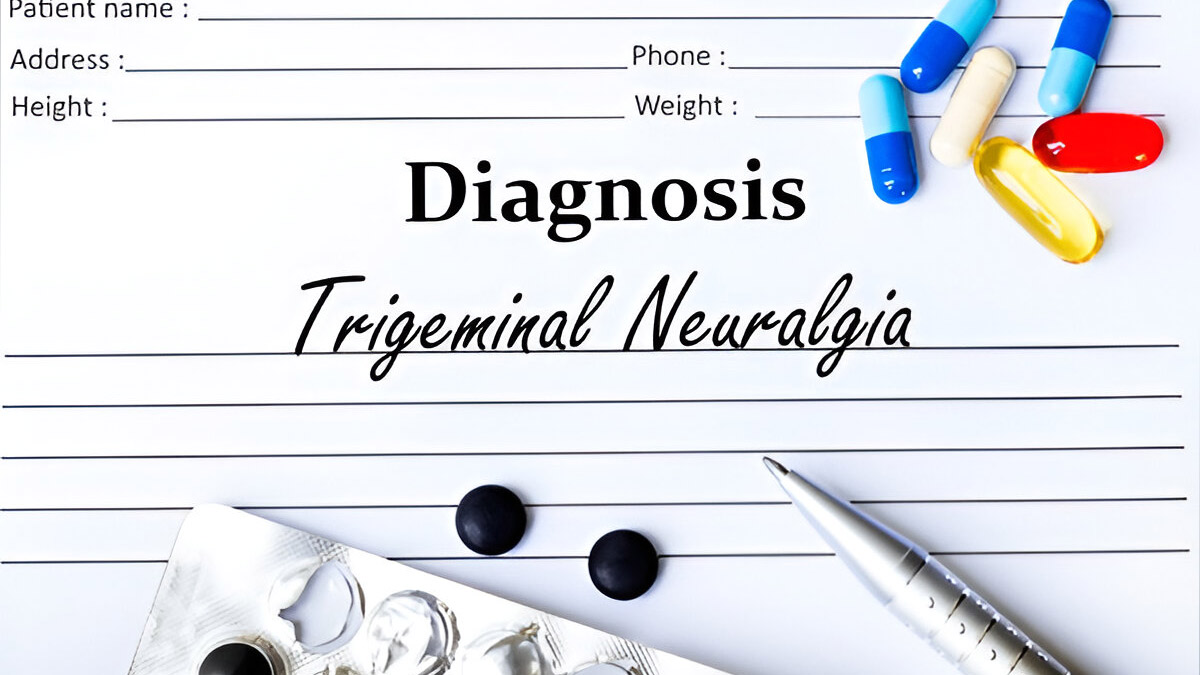
Bollywood superstar Salman Khan, 59, spoke on The Great Indian Kapil Show (Netflix) about how despite his action-hero persona and physically demanding job, he is fighting three major neurological conditions: trigeminal neuralgia, a brain aneurysm, and Arteriovenous Malformation (AVM). He revealed this while joking about his costly marriages and broken ribs, underlining that his health never stopped the show, even when he's in pain and at risk. His candour comes as a wake‑up call to address lesser‑known health risks more widely.
Table of Content:-
We spoke to Dr Praveen Gupta, Chairman, Marengo Asia International Institute of Neuro and Spine (MAIINS), Marengo Asia Hospitals, Gurugram, who explained these conditions, their symptoms, causes, impact, and preventative factors.
Brain Aneurysm

- What it is: "This is a condition where a weak spot in an artery wall bulges out, forming a balloon-like structure called an aneurysm. This area is prone to rupture, which can lead to brain haemorrhage," said Dr Gupta.
- Symptoms: Often silent until it ruptures. Warning signs include the worst headache of your life, neck stiffness, blurred or double vision, tingling, or numbness. If it compresses nearby nerves, it can also cause visual problems.
- Causes: Brain aneurysms usually arise from age, hypertension, smoking, or alcoholism, states a 2023 study. They can also be caused by trauma, infections, and heredity, where multiple relatives are affected. Genetic disorders like polycystic kidney disease and AVMs further raise the risk.
- Impact on the body: The rupture of an aneurysm leads to a subarachnoid haemorrhage, a stroke that can prove fatal or disabling.
- Who is at risk: Those with hypertension, smokers, family history of aneurysm or stroke, and certain inherited illnesses like polycystic kidney disease or Ehlers-Danlos syndrome.
- Diagnosis: It is diagnosed using imaging investigations, such as CT angiogram or DSA (Digital Subtraction Angiography).
- Treatment: Endovascular coiling or flow diverter stents to seal the aneurysm via the artery, or surgical clipping if the aneurysm can’t be treated with coils.
- Prevention tips: Keep blood pressure under control, avoid smoking, and get regular brain scans if there’s a family history.
Also Read: Don't Wait For Symptoms: Understanding Brain Aneurysms And Taking Control Of Your Health
Trigeminal Neuralgia: The “Suicide Disease”

- What it is: "Trigeminal Neuralgia is a chronic pain condition that affects the trigeminal nerve, which carries sensation from your face to your brain. Even mild stimulation of your face, such as brushing your teeth or applying makeup, may trigger a sudden and severe jolt of pain.everyday activities and mood, at times causing depression or anxiety,: added Dr Gupta.
- Symptoms: Episodes of intense, stabbing or electric shock-like facial pain. The pain is usually one-sided, affecting the cheek, jaw, teeth, gums, lips or less commonly the eye and forehead. Attacks may last from a few seconds to a few minutes. They become more frequent and severe over time.
- Causes: The most common cause is compression of the trigeminal nerve by a blood vessel near the brainstem. Other causes can include multiple sclerosis, tumors, or arteriovenous malformation pressing on the nerve.
- Who is at risk: Most prevalent in individuals above the age of 50. Risk factors consist of vascular compression, multiple sclerosis, or previous facial trauma.
- Treatment: Medications are first-line treatment. In extreme cases, surgeries, such as microvascular decompression or gamma knife radiosurgery are performed.
Also Read: Salman Khan Opens Up About Battling ‘Suicide Disease’; Know All About This Disease
Arteriovenous Malformation (AVM)

- What it is: AVM is a rare and abnormal tangle of arteries and veins in the brain that disrupts normal blood flow and oxygen circulation. It may go unnoticed until it causes neurological symptoms or a brain bleed (haemorrhage).
- Symptoms: Sudden and severe headaches, seizures, vision changes, weakness or numbness in limbs, difficulty with balance, speech or memory. In some cases, the first symptom is a life-threatening brain haemorrhage.
- Causes: AVMs are typically congenital, meaning they develop before birth, although the exact cause is still unknown. They are not inherited in most cases.
- Impact on the body: This may result in headaches, seizures, or neurological problems. If it ruptures, it may result in internal brain bleeding.
- Who is at risk: Usually congenital, existing at birth and oftentimes remaining undetected until symptoms reveal themselves in adulthood. AVMs may also occur alongside aneurysms, raising the risk of rupture.
- Treatment options: Monitoring, stereotactic radiosurgery, embolisation, or surgical removal depending on location and severity.
What to Watch Out For: Early Warning Signs
Knowing the early signs of stroke and aneurysm rupture can save lives. These are very subtle and early warning signs of stroke that we should not ignore, as listed by Dr Gupta:
- Sudden headache, which can be a sign of subarachnoid haemorrhage
- Transient blurring of vision,
- Transient double vision
- Numbness or lack of sensation in a body part
- Deviation of face to one side
- Mild slurring of speech
- Imbalance while walking
- Sudden loss of memory or unable to use words appropriately.
[Disclaimer: This article contains information for informational purposes only. Hence, we advise you to consult your professional if you are dealing with any health issue to avoid complications.]
Also watch this video
How we keep this article up to date:
We work with experts and keep a close eye on the latest in health and wellness. Whenever there is a new research or helpful information, we update our articles with accurate and useful advice.
Current Version